Introduction and Map
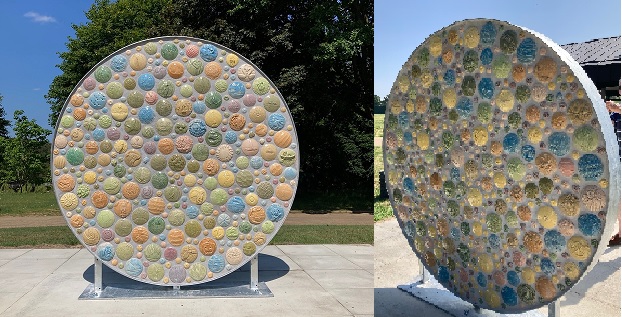
The Shared Memories Mural
Installed: July 2023
Artist: Jack Durling
This sculpture comprises an estimated 2,000 handmade tactile tiles. It was created by Maidstone born and raised ceramic artist Jack Durling. Working with students of Valley Park School and the general public of Maidstone, the Mural is reflective of both historical and contemporary memories of Mote Park. Encapsulated in the form of tiles, these are collectively brought together as one unified piece.
The colour palette is inspired by the seasons of the year. Green for Spring and growth, yellow for Summer and warmth, sepias for Autumn and the leaves, blues for Winter and the cold. With the addition of colours of blossoms and flowers it is collectively reflective of the continual presence and legacy of Mote Park.
An accompanying trail from the main sculpture leads you on a journey to various landmarks of interest in the grounds of the park.
Interactive map
Wildlife in Mote Park
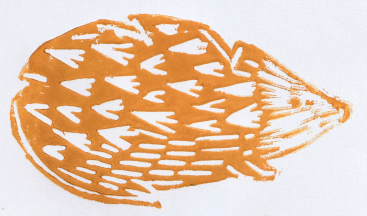
At least 28 different mammal species have been recorded in Mote Park. The woodlands and hedgerows are home to voles, mice and shrews which are often hunted by the park’s foxes, weasels and stoats. Mote Park is one of the best places in Kent for bats thanks to its wide variety of bat-friendly habitats. Over 9 different species have been recorded in the park and we are continuing to learn more about these unique animals.

Over the past 40 years, 148 species of birds have been recorded in Mote Park, including Lesser Spotted
Woodpeckers (one of our fastest declining woodlands birds). There are also Green Woodpeckers and Great Spotted Woodpeckers. Swallows, Willow Warblers and Whitethroats are just some of the species that migrate to the park to breed in the summer months.
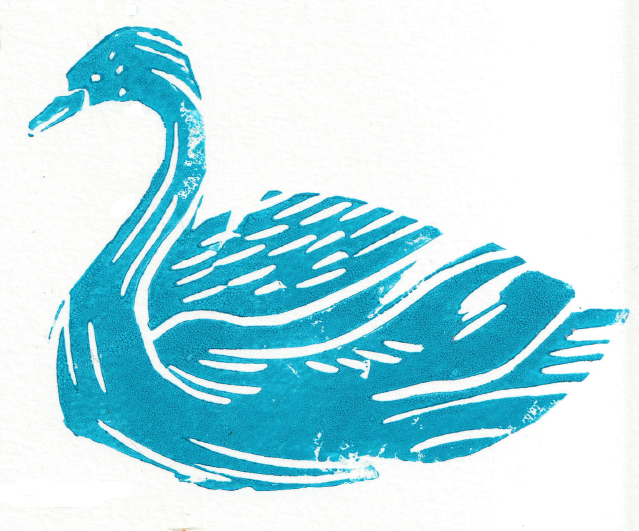
The lake and wetland areas are a haven for ducks, geese and swans and if you’re lucky you may also spot a Kingfisher as they fish around the lake.
The park has an array of invertebrate life, including at least 25 different species of butterfly and 16 species of dragonfly and damselfly.
Despite its town centre location, Mote Park is also home to most British reptile and amphibian species such as the Common Toad, Slowworms and newts.
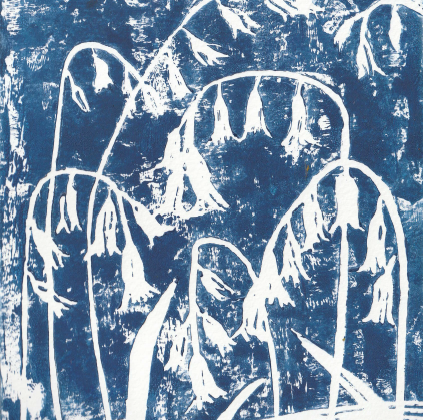
Alongside all the animals, Mote Park boasts more than 120 different species and varieties of tree. Both native and non-native have been planted and self-seeded around the ancient parkland and both ancient and veteran trees can be found here. Some of the oldest are thought to be the large Sweet Chestnuts and Beech trees that line the old carriage routes within the park.
The old parkland Oak trees range from 250 to 380 years of age, while within the Yew woodland behind Mote House, the oldest tree in the park can be seen. Some of these old Yews are estimated to be in their 700s!
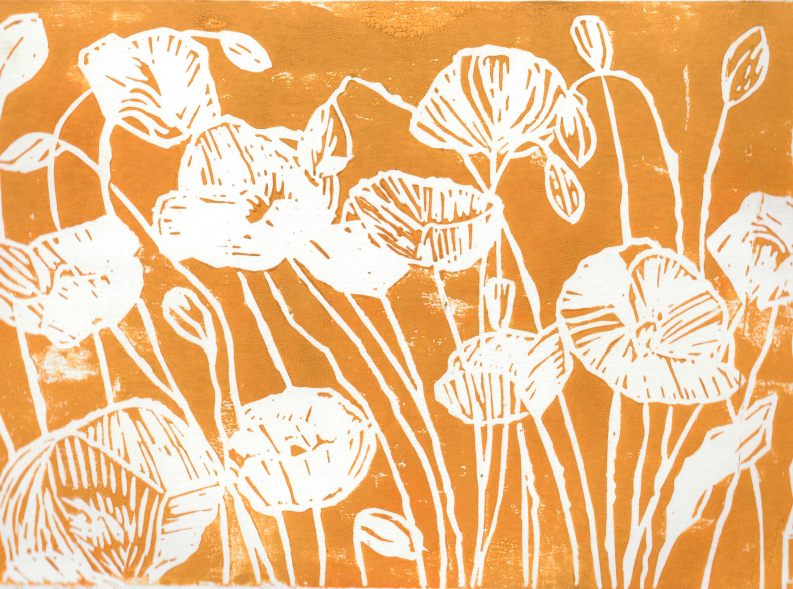
Fungi also play a vital role in the ecosystem of the park and over 50 varieties have been identified. Not only do they provide food for invertebrates, mammals and birds but fungi also help break down tree matter including dead wood and leaves.
Credit: ‘Mote Park’s Story’ by Simon Ginnaw and Robin Ambrose, 2018